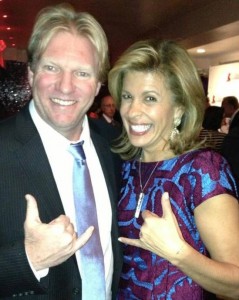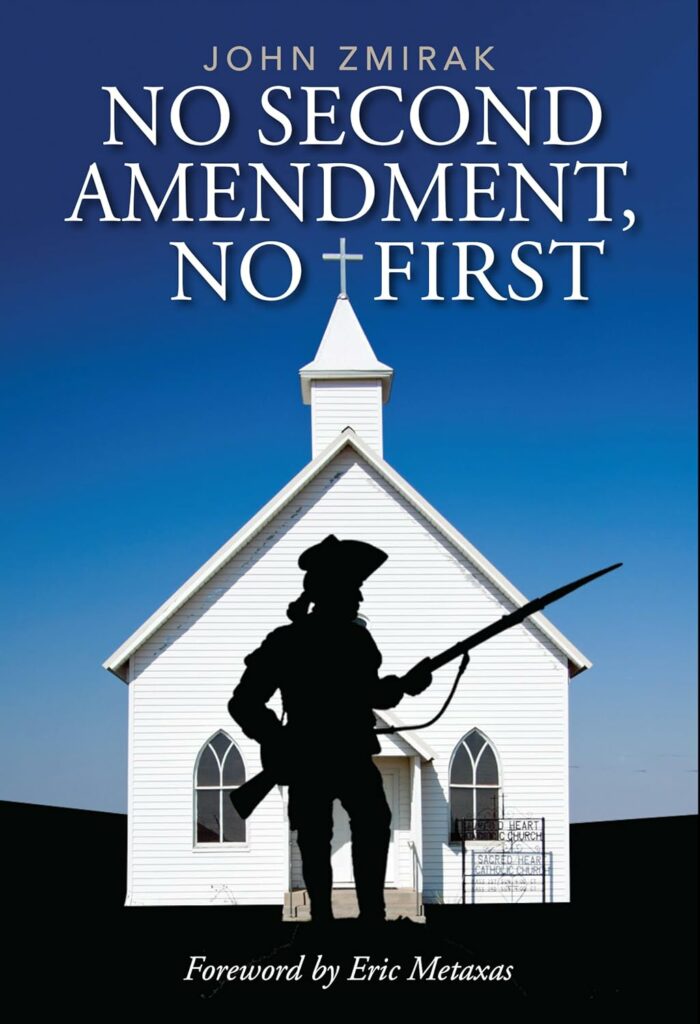Why I Use a Surfer Symbol to Sum Up Solidarity with the Vulnerable
I travel a lot, far more than my wife and kids would like. It’s demanding to spend so much time on airplanes, in buses, in rental cars on lonely roads driving hundreds of miles between public speeches or meetings. I would much rather be back home fishing or grilling in sunny Hawaii. I could pitch in more with homeschooling the youngest of my seven children in the values that make life mean something — rather than nothing. Which is what kids soak in from the culture if you don’t pay close attention.
But it’s that very culture I’m fighting, the culture of Nothing. Nothing makes it worthwhile to sacrifice yourself, to make lifetime commitments, to welcome new life or take loving, patient care of the old and dying. Nothing brought you into this world, and Nothingness is waiting for you when you leave it.
“Nihilism” is a fancy philosophical word for what’s really a dank adolescent surrender, a juvenile cynical shrug at the complex wonders, the extraordinary mystery, pain, and beauty of human birth, life, love and death. It’s a cheap defense mechanism you use when you’re scared to get hurt, to lose something that matters — so to harden yourself, you pretend that nothing does. Pretend that for long enough and you will mean it.
The culture that rules in movies and books, in schools and too many churches, has soaked in this life-sucking poison, and so I schlep from airport to airport trying to offer the antidote. It’s not my own invention. I’m not a philosopher or prophet, but an ordinary guy who lost a daughter to the violence of our culture of Nothing — and who decided to do something about it. What I chose to do was to push back against the deaths of the innocent, in the womb or in refugee camps, in the ghetto or on the killing fields of Darfur or ISIS-controlled Iraq. Wherever death comes for the innocent, I want in some sense to be there, want my words and actions to place me in solidarity with the victims. That’s what I think it really means to be human.
What’s special to me about the place where I live, Hawaii, is that its native culture embodies more deeply than any I have seen the importance of solidarity — of opening your heart and even your home to those in need. For centuries, Hawaiians have answered the tragic fact that sometimes families break up, or parents die, or young teenagers get pregnant, through a beautiful institution they call “hānai.” As mainlanders would understand it, it amounts to an adoption, but without any of the legal strings and psychodrama that often encumber it elsewhere.
It’s really simple: Hawaiian culture sees people not as liabilities but assets, so if there’s a person who has lost his important attachments and needs to make new ones, a family will offer to hānai him, to accept him as one of their own. A baby whose young mom isn’t prepared to care for him, an old man without any relatives, a teenager whose dad goes to prison — any one of them might find himself hānai’d, and suddenly be a part of a whole extended family, with all the privileges and obligations that come with it. In the rest of America, that’s what the federal government is for.
This spirit of generous welcome is also expressed by the greeting, “aloha,” and it resonates through Hawaii — a place where the country’s Queen Emma once went door to door collecting money to build a hospital for the poor. (The Queen’s Medical Center is now one of the leading hospitals in the Pacific.) But the piece of Hawaiian culture that for me sums up its embrace of life against death, of solidarity with the vulnerable, is the “Shaka” sign now favored by surfers around the world.
As I learned when I first moved here as a 17-year-old, this sign comes from an act of solidarity with the suffering: A train conductor used to ride each day through the cane fields, and wave at the toiling workers — whose dull day was broken only by the back and forth of the train. One day that conductor was injured in an accident, and lost three fingers on his hand. The field hands missed his daily greeting, and wondered what’d happened to him. When the man came back to work, and passed through the fields, the workers cheered. He waved at them again, with his newly maimed hand. The workers waved back, but first made their hands look like his — showing just the thumb and pinkie. And ever since, the Shaka has been a sign of solidarity and friendship.
I wish I could have been there to see the look on that train conductor’s face. I am sure it’s the same look I got from persecuted Dinka in Sudan, when I showed up as part of a mission to dig them wells. It’s the look that Middle Eastern Christians get when they learn that some Western Christians realize that they exist, and are working for their safety. It’s the same face of wonderment, of surprise at the basic fact that other human beings care about them, that teenage moms have in crisis pregnancy centers when volunteers sacrifice themselves to welcome both mother and baby. It’s the spirit of hānai, of aloha, and I have to spend a lot of time outside Hawaii helping to share it with the world.
when volunteers sacrifice themselves to welcome both mother and baby. It’s the spirit of hānai, of aloha, and I have to spend a lot of time outside Hawaii helping to share it with the world.
So when I meet with TV stars like Hoda Kotb of The Today Show, or pro-life politicians like Ted Cruz, or donors or volunteers or activists, I always snag a selfie with both of us flashing the Shaka symbol. It is my hope that someday the Shaka will be the universal gesture of solidarity with the vulnerable, a “peace” symbol that really means something.


